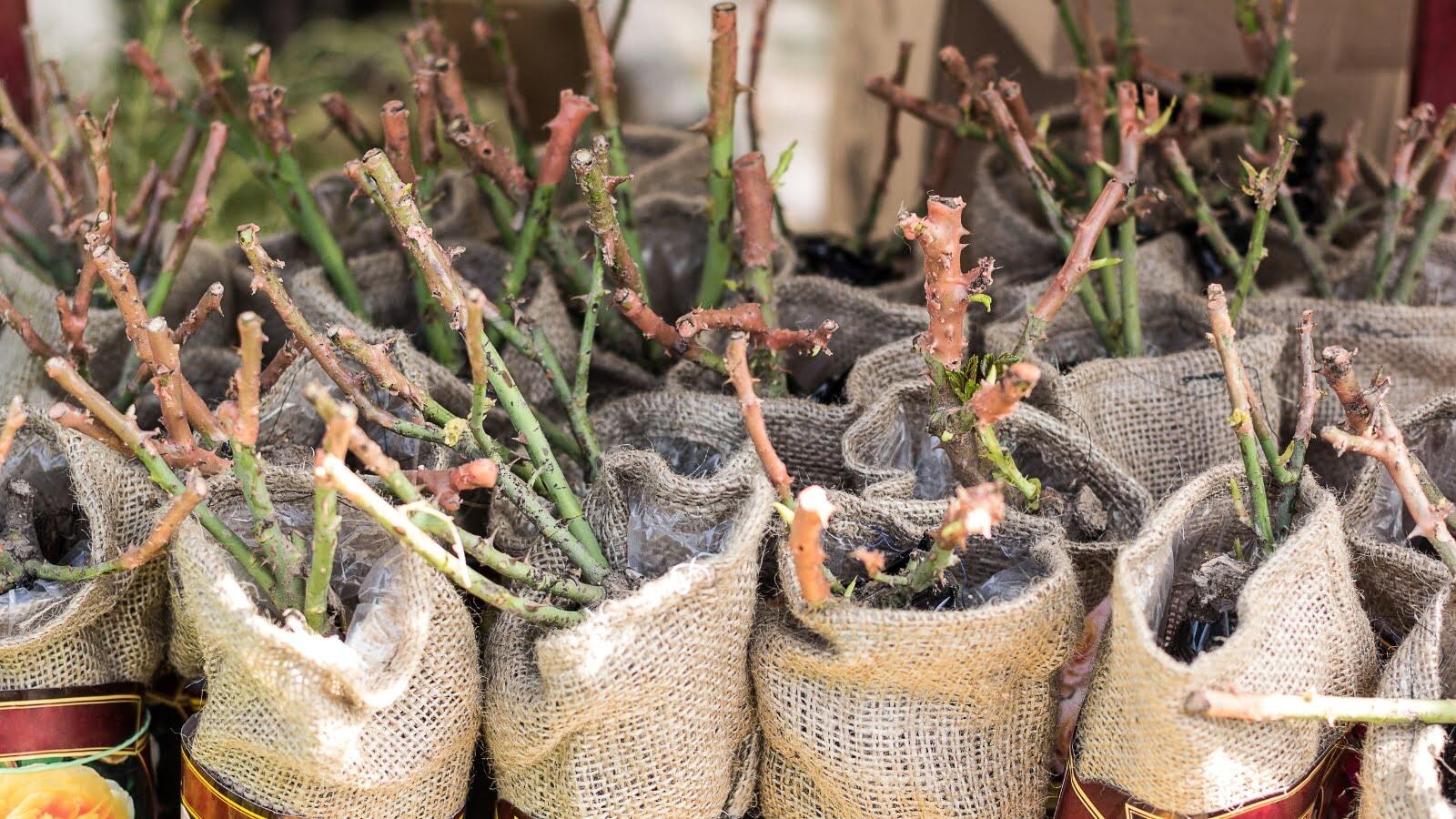

Articles
How To Store Bare Root Plants Over Winter
Modified: October 29, 2024
Learn how to store bare root plants over winter with our informative articles. Keep your plants healthy and ready for spring!
(Many of the links in this article redirect to a specific reviewed product. Your purchase of these products through affiliate links helps to generate commission for Storables.com, at no extra cost. Learn more)
Introduction
Bare root plants are a popular choice for gardeners who want to add new plants to their landscapes. These plants are sold and shipped without soil around the roots, offering several advantages over potted or container-grown plants. Notably, bare root plants are easier to handle, less expensive, and have a higher chance of successful transplanting. However, proper winter storage of bare root plants is crucial to ensure their survival and future growth.
In this article, we will explore the steps necessary to store bare root plants over winter successfully. We will discuss the significance of understanding bare root plants, preparing them for storage, choosing the right storage location, wrapping and packing techniques, potential container options, monitoring and maintenance tips, protecting the plants from the elements, and finally, when and how to plant them in the spring.
By following these guidelines, you can ensure that your bare root plants stay healthy and vibrant, ready to be planted when the warmer weather arrives. So, let’s dive in and discover the best ways to store bare root plants over winter!
Key Takeaways:
- Proper winter storage of bare root plants is essential for their survival and future growth. Understanding their unique needs, choosing the right storage location, and diligent monitoring are key to successful winter storage.
- When planting bare root plants in the spring, proper preparation, timing, and planting techniques are crucial for their healthy establishment and vigorous growth. Pay attention to each plant’s specific requirements for optimal results.
Understanding Bare Root Plants
Bare root plants refer to plants that are sold and shipped without soil around their roots. Instead, their roots are carefully wrapped in moist materials such as peat moss or sawdust and then packaged for transportation. This method of selling plants offers several advantages for gardeners.
Firstly, bare root plants are typically more affordable compared to potted or container-grown plants. The absence of soil and a container reduces the cost of production and transportation. As a result, gardeners can purchase a larger quantity of plants for the same budget.
Secondly, bare root plants are easier to handle and transplant. Without the bulkiness of soil and pots, these plants are lightweight and require less effort to move. Transplant shock is also minimized as bare root plants adapt more quickly to their new environment, leading to higher survival rates.
It’s important to note that not all plants can be sold or stored as bare root. Fruit trees, shrubs, roses, and other deciduous plants are commonly available as bare root plants. These types of plants have a higher tolerance for transplanting and can withstand the process of being dug up, stored, and replanted without significant damage to their root systems.
Understanding the specific needs and characteristics of bare root plants is essential for their successful storage over the winter months. These plants are dormant during this period, meaning their growth and metabolic processes slow down. This dormancy allows bare root plants to withstand the stress of being stored without soil until they are ready to be planted in the spring.
Overall, bare root plants offer an economical and convenient way to add new additions to your garden. By understanding the unique properties of these plants and their dormant nature, you can ensure their successful winter storage and thriving growth once they are planted.
Preparing Bare Root Plants for Winter Storage
Before storing bare root plants over winter, it is essential to prepare them properly to ensure their survival. Here are some crucial steps to follow:
- Inspect and Clean: Before storing your bare root plants, carefully inspect them for any damage or signs of disease. Trim off any broken or damaged roots. Gently remove any remaining soil from the roots, being cautious not to damage them further. Cleaning the roots helps prevent the spread of diseases and ensures optimal storage conditions.
- Soak and Hydrate: Bare root plants should be soaked in water before storage to rehydrate their roots. Fill a bucket or container with water and place the plant’s roots in it for a few hours. This soaking process helps restore moisture to the roots and prepares them for the dormant period.
- Prune and Trim: Pruning is a common practice before storing bare root plants. Trim any long or damaged roots with clean pruning shears. Additionally, prune back the above-ground stems and branches, removing any dead or diseased parts. Pruning encourages new growth and helps maintain the plant’s energy reserves during storage.
- Treat with Fungicide: To prevent the development of fungal diseases during storage, consider treating the bare root plants with a fungicide. Follow the instructions on the product label and apply the fungicide to the roots before packing the plants for storage.
- Label and Document: It is crucial to label and document the bare root plants you are storing. Use weather-resistant tags or markers to identify each plant’s variety and any specific care instructions. Keep a record of the plants stored, noting down the date of storage and any additional details that may be useful in the future.
By following these preparatory steps, you can ensure that your bare root plants enter winter storage in the best possible condition. Remember that proper preparation is vital for the health and survival of the plants during their dormant period.
Choosing the Right Storage Location
When it comes to storing bare root plants over winter, selecting the right storage location is crucial for their survival and health. Here are some factors to consider when choosing the ideal storage spot:
- Temperature: The storage location should maintain a stable and cool temperature, ideally between 32°F and 40°F (0°C and 4°C). This temperature range helps keep the plants in a dormant state without exposing them to freezing or excessively warm conditions.
- Humidity: Bare root plants require a specific humidity level to prevent them from drying out during storage. Look for a storage spot that offers a humid environment, around 90-95% humidity. This can be achieved by placing trays or containers of water nearby or using a humidifier in the storage area.
- Darkness: Exposure to light can stimulate growth in bare root plants. To maintain their dormancy, choose a storage location that is dark or shielded from direct sunlight. This can be a basement, garage, or a cool, dark corner of a shed.
- Air Circulation: While darkness is important, it’s equally crucial to ensure adequate air circulation in the storage area. Good airflow prevents the buildup of moisture, which can lead to fungal diseases. Avoid storing the plants in airtight containers or places with stagnant air.
- Protection from Pests: Critters, rodents, and other pests can cause damage to stored bare root plants. Choose a storage area that is secure and protected from potential pest infestations. Consider using netting or screens to keep pests at bay.
When selecting a storage location, it’s essential to balance all these factors to provide optimal conditions for the bare root plants’ dormancy. A cool, dark, humid, well-ventilated, and pest-free environment will ensure the plants stay healthy and dormant throughout the winter months.
Wrapping and Packing Bare Root Plants
Properly wrapping and packing bare root plants is essential to protect their delicate roots during winter storage. Here are the steps to effectively wrap and pack your bare root plants:
- Moisture: Before wrapping, ensure that the roots of the bare root plants are moist but not waterlogged. Excess moisture can lead to rot, while insufficient moisture can cause the roots to dry out. Soak the roots in water just before wrapping to ensure they are adequately hydrated.
- Wrap: Start by wrapping the moist roots of the bare root plant in dampened sphagnum moss, peat moss, or a similar moisture-retaining material. The wrapping helps maintain moisture levels and provides insulation during storage.
- Protection: After wrapping the roots, consider adding an additional layer of protective material such as plastic wrap or burlap around the roots. This extra layer safeguards the roots from temperature fluctuations, prevents excess moisture loss, and provides insulation against cold temperatures.
- Packaging: Place the wrapped bare root plants in a suitable storage container such as a cardboard box, plastic tub, or breathable mesh bag. Ensure that the container has adequate drainage holes to prevent the buildup of excess moisture. Place multiple layers of wrapped plants in the container, keeping each layer separated by a thin layer of damp material.
- Labeling: Label each container or bag with the name and variety of the bare root plants stored inside. This will help you easily identify and locate specific plants when it’s time to plant them in the spring.
- Stacking: When storing multiple containers, stack them carefully to prevent damage to the bare root plants. Avoid placing heavy objects on top of the containers as this can crush the plants or disturb their delicate roots.
Remember to store the packed containers in the chosen storage location, maintaining the appropriate temperature and humidity levels. Regularly monitor the moisture levels of the packing material to ensure it remains damp but not too wet. Periodically check the plants for any signs of disease or rot and promptly address any issues that arise.
By following these wrapping and packing guidelines, you can safeguard the bare root plants’ roots and ensure their successful storage over the winter months.
When storing bare root plants over winter, keep them in a cool, dark place with good air circulation to prevent them from drying out or rotting. Inspect them regularly for any signs of mold or decay.
Read more: How To Store Bare Root Strawberries
Storing Bare Root Plants in Containers
Storing bare root plants in containers is a convenient option for gardeners who may have limited space or prefer a more organized storage method. Here are the steps to effectively store bare root plants in containers:
- Selecting Containers: Choose containers that are large enough to accommodate the wrapped bare root plants comfortably. Plastic tubs, wooden crates, or breathable mesh bags are excellent options. Ensure that the containers have adequate drainage holes to prevent water accumulation.
- Layering: Place a layer of dampened sphagnum moss, peat moss, or similar moisture-retaining materials at the bottom of each container. This layer helps maintain moisture levels and provides insulation for the roots.
- Arranging Plants: Carefully position the wrapped bare root plants on top of the layer of moisture-retaining material, ensuring they are well-spaced and not touching each other. This prevents overcrowding and allows for proper air circulation.
- Adding Moisture: Fill the gaps between the plants with more dampened moss or a similar material. This helps maintain moisture levels and prevents the roots from drying out during the storage period.
- Labeling: Label each container with the name and variety of the bare root plants stored inside. This will help you easily identify and locate specific plants when it’s time to plant them in the spring.
- Stacking: If you have multiple containers, safely stack them, with the heaviest containers at the bottom. Ensure that the containers are stable and secure to prevent any accidents or damage to the plants.
- Storage Conditions: Place the containers in the chosen storage location, maintaining the appropriate temperature and humidity levels. Regularly check the containers to ensure they remain well-humidified and that the plants are not becoming too dry or overly moist.
Keep in mind that storing bare root plants in containers requires regular monitoring and maintenance. Check the plants periodically for any signs of disease, rot, or excessive moisture. Remove any damaged or unhealthy plants to prevent the spread of issues to the others.
By following these storage guidelines, you can effectively store bare root plants in containers, maximizing space and ensuring their safekeeping until it’s time to plant them in the spring.
Monitoring and Maintaining Bare Root Plants
Proper monitoring and maintenance are crucial for the health and survival of bare root plants during their winter storage period. Here are some essential steps to effectively monitor and maintain your bare root plants:
- Regular Inspection: Check your stored bare root plants regularly for any signs of disease, pest infestation, or damage. Look for mold, mildew, or rot on the roots and stems, as well as any visible pests or insects. Promptly remove or treat any affected plants to prevent further damage.
- Moisture Check: Monitor the moisture levels of the storage material surrounding the bare root plants. It should be damp but not waterlogged. Adjust the moisture levels as needed by adding or removing dampened material. Maintaining proper moisture prevents the roots from drying out or becoming overly saturated.
- Temperature Control: Ensure that the storage location for your bare root plants maintains a stable temperature within the recommended range of 32°F to 40°F (0°C to 4°C). Fluctuations in temperature can negatively impact the plants’ dormancy. Use a thermometer to monitor the temperature regularly.
- Humidity Control: Check and maintain the humidity levels in the storage area. Aim for a humidity range of 90% to 95% to prevent the plants from drying out. You can achieve this by placing trays of water nearby or using a humidifier if necessary.
- Air Circulation: Ensure that there is adequate air circulation in the storage area. Good airflow helps prevent the development of mold or fungal diseases. Avoid storing the plants in airtight containers or places with stagnant air.
- Repositioning: Carefully inspect the stored plants and reposition them if needed. Make sure that the plants are not touching each other or the sides of the containers, as this can lead to damage or moisture buildup. Gently adjust the plants to maintain proper spacing.
- Cleaning: Regularly clean the storage containers to prevent the buildup of debris, mold, or pests. Remove any decaying material or excess moisture to maintain a clean and healthy environment for the stored plants.
By diligently monitoring and maintaining your bare root plants, you can catch any potential issues early on and take the necessary steps to address them. Healthy and well-maintained plants will have a higher chance of thriving when it’s time to plant them in the spring.
Protecting Bare Root Plants from Elements
When storing bare root plants over winter, it’s crucial to protect them from the elements to ensure their survival. Here are some ways to shield your bare root plants:
- Insulation: Insulate the roots of the bare root plants by using materials such as straw, mulch, or shredded leaves. Apply a layer around the base of the plants to provide protection against freezing temperatures.
- Wind Protection: Strong winds can cause damage to bare root plants, especially when they are stored outdoors. Shield the plants from strong gusts by placing a windbreak, such as a burlap barrier or a row of tall stakes, on the windward side of the storage area.
- Shade: If the storage location receives direct sunlight, provide shade to prevent the plants from breaking dormancy prematurely. Use shade cloth, old bedsheets, or light-blocking materials to create a shaded area over the stored plants.
- Pest Prevention: Protect the plants from pests by regularly checking for signs of infestation and taking appropriate measures to control them. Use natural methods, such as introducing beneficial insects or using organic pest repellents, to deter pests without harming the plants.
- Watering: Inadequate or excessive watering can harm bare root plants. Monitor the moisture levels of the storage material and adjust accordingly. Only water when necessary, ensuring that the roots stay moist but not waterlogged.
- Additional Cover: In regions with harsh winter conditions, consider providing additional cover for the storage containers. Place a layer of straw or insulating material on top of the containers to provide extra insulation and protect the plants from extreme cold.
- Regular Check-ups: Regularly inspect the stored bare root plants for any signs of damage or stress caused by the elements. Remove any damaged or unhealthy plants to prevent the spread of issues to the others.
Proper protection from the elements ensures that your bare root plants remain in good condition throughout the winter months. By following these measures, you can help safeguard the plants and increase their chances of thriving when it’s time to plant them in the spring.
When and How to Plant Bare Root Plants
After storing bare root plants over winter, it’s essential to know the right time and proper methods for planting them to ensure their successful growth. Here’s a guide on when and how to plant bare root plants:
Timing:
The ideal time to plant bare root plants is in early spring, once the ground has thawed and the risk of frost has passed. This typically falls between late March and early April, but it can vary depending on your climate and the specific plant variety. Check the instructions or recommendations provided by the nursery or supplier for the optimal planting time for each type of bare root plant.
Preparation:
- Soaking: Before planting, soak the bare root plants in water for a few hours to rehydrate the roots. This step helps revive the plants after their dormant period and prepares them for growth.
- Site Selection: Choose a planting location that suits the specific requirements of the bare root plants. Consider factors such as sunlight exposure, soil type, and drainage. Ensure that the site provides adequate space for the plants to grow and expand their root systems.
- Soil Preparation: Prepare the planting area by loosening the soil and removing any weeds, rocks, or debris. Incorporate organic matter, such as compost or well-rotted manure, to enrich the soil and improve its fertility.
Planting Process:
- Hole Digging: Dig a hole that is wide enough to comfortably accommodate the roots of the bare root plant. The depth should be sufficient to allow the plant to sit at the same level it was previously grown.
- Positioning: Gently place the bare root plant in the center of the hole, ensuring that the roots are spread out and not bent or crowded. Hold the plant upright while backfilling the hole with soil, gradually covering the roots.
- Backfilling: As you backfill the hole, firm the soil around the roots to eliminate air pockets. Take care not to compact the soil too tightly, as this can hinder root development and restrict water drainage.
- Watering: After planting, thoroughly water the newly planted bare root plants. This helps settle the soil around the roots and ensures proper hydration. Maintain regular watering throughout the growing season to keep the plants adequately hydrated.
- Mulching: Apply a layer of mulch around the base of the plants, leaving a small space around the stem to prevent moisture buildup. Mulch helps retain moisture, suppresses weeds, and insulates the soil, promoting healthy growth.
Aftercare:
Regularly monitor and care for the newly planted bare root plants as they establish themselves. Provide adequate water, weed regularly, and protect them from pests and extreme weather conditions. Follow any specific care instructions or recommendations provided by the nursery or supplier for the particular plant variety.
By following these guidelines, you can ensure that your bare root plants have the best chance of thriving and growing vigorously once planted in the spring.
Read more: How To Store Bare Root Trees
Conclusion
Storing bare root plants over winter is a crucial step in ensuring their survival and healthy growth when it’s time to plant them in the spring. By understanding the unique needs of bare root plants and following the proper storage procedures, you can set yourself up for success. Preparing the plants, choosing the right storage location, wrapping and packing them carefully, monitoring and maintaining their health, and protecting them from the elements are all vital aspects of winter storage.
Throughout the process, it’s important to pay attention to the specific requirements of each plant variety and adjust the storage conditions accordingly. Regular checking, inspection, and adjustments will help prevent issues such as disease, rot, moisture imbalance, or pest infestations from affecting the stored plants.
Once the winter months pass, and the ground thaws, it’s crucial to know when and how to plant the bare root plants. Timing, site selection, soil preparation, and proper planting techniques are key to ensuring their successful establishment and healthy growth in the coming season.
By following these steps and guidelines, you can nurture and care for your bare root plants effectively, maximizing their chances of flourishing and bringing beauty to your garden or landscape. The rewards of your careful winter storage efforts will be seen as the plants emerge from their dormancy and thrive in their new environment.
In conclusion, with proper understanding, preparation, and care, storing and planting bare root plants can be a rewarding and successful experience for any gardener. Enjoy the process, watch your plants flourish, and take pride in the beautiful additions they will bring to your outdoor space.
Frequently Asked Questions about How To Store Bare Root Plants Over Winter
Was this page helpful?
At Storables.com, we guarantee accurate and reliable information. Our content, validated by Expert Board Contributors, is crafted following stringent Editorial Policies. We're committed to providing you with well-researched, expert-backed insights for all your informational needs.
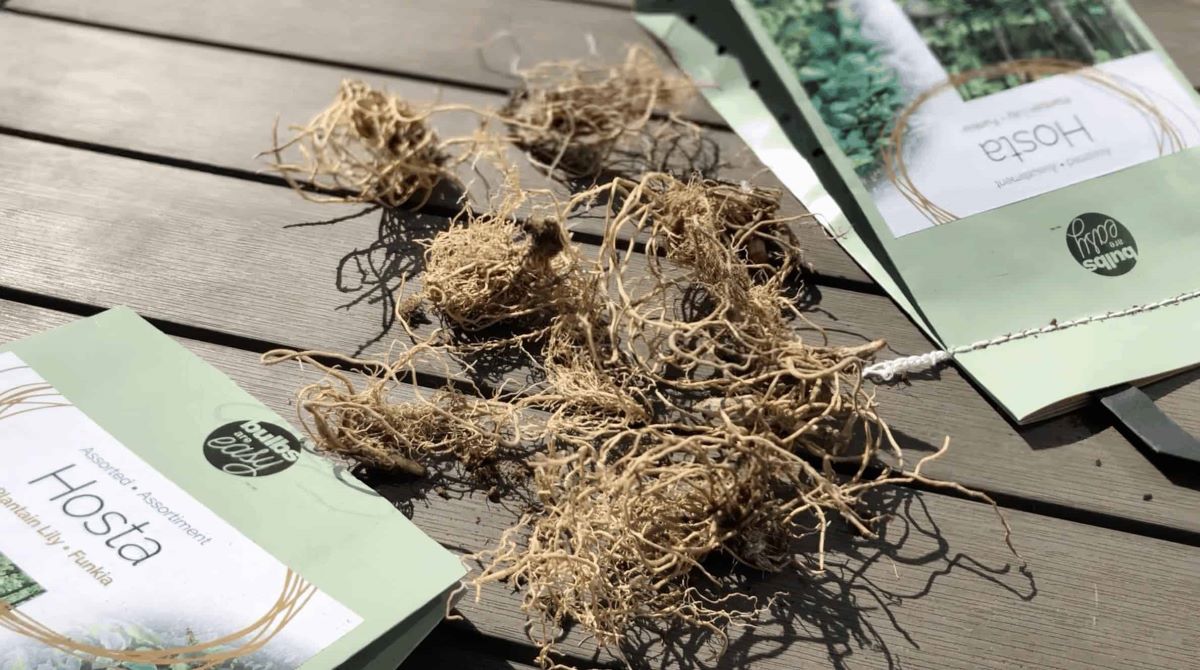
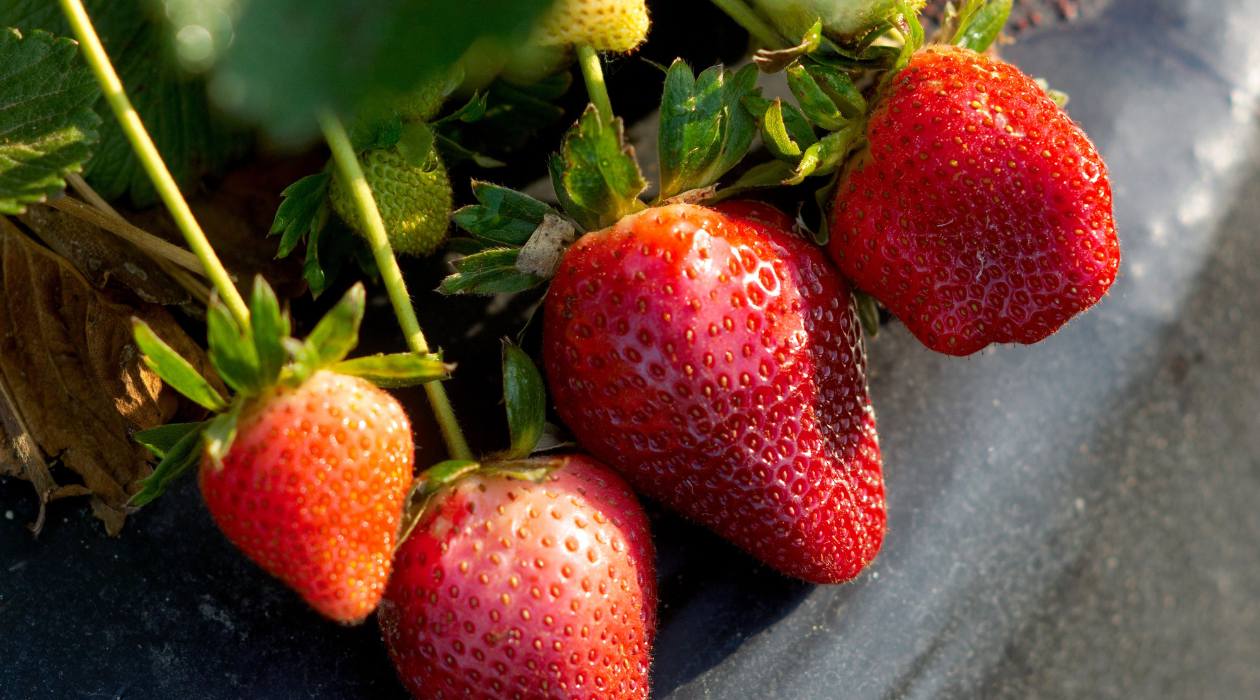
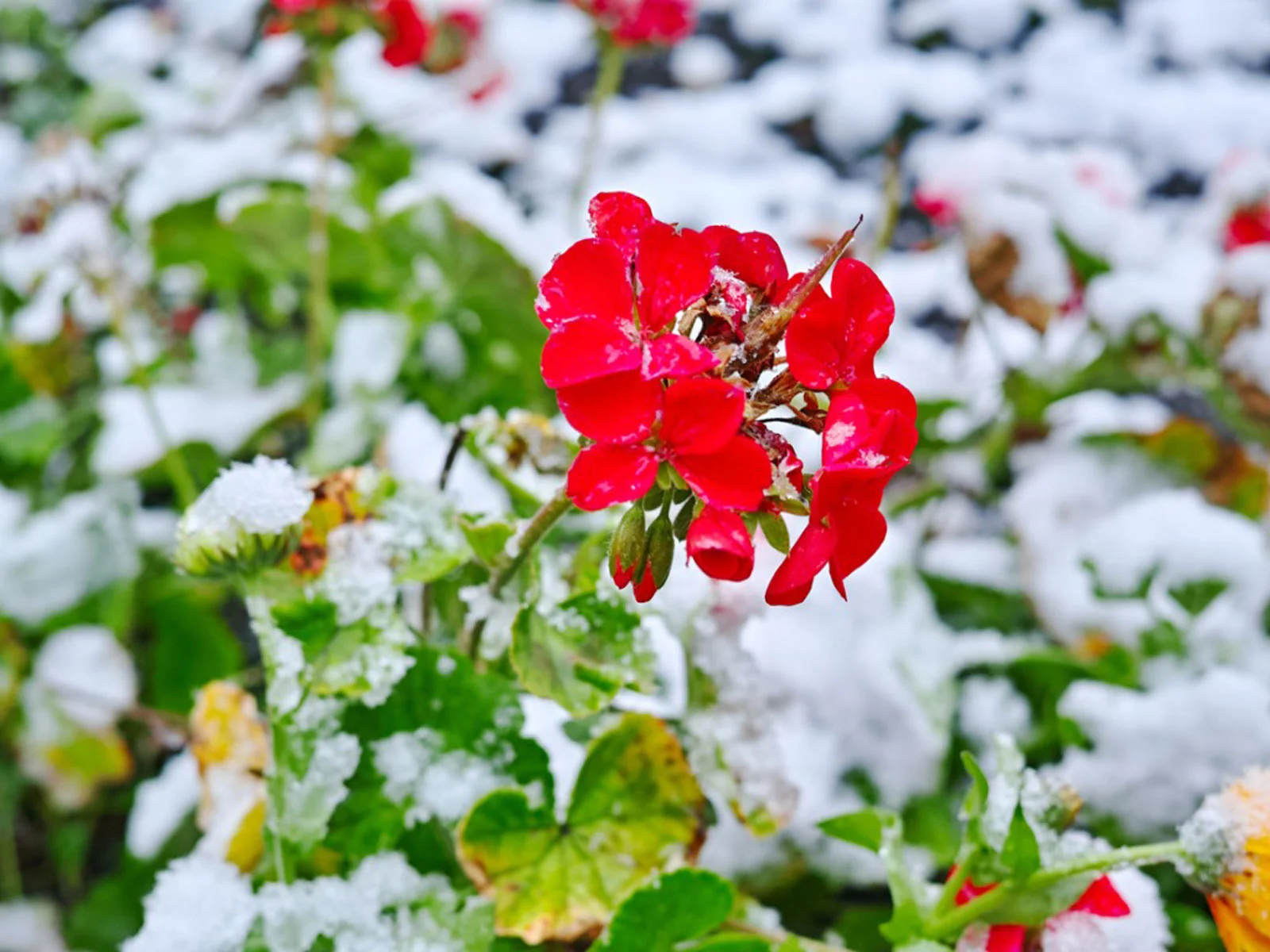
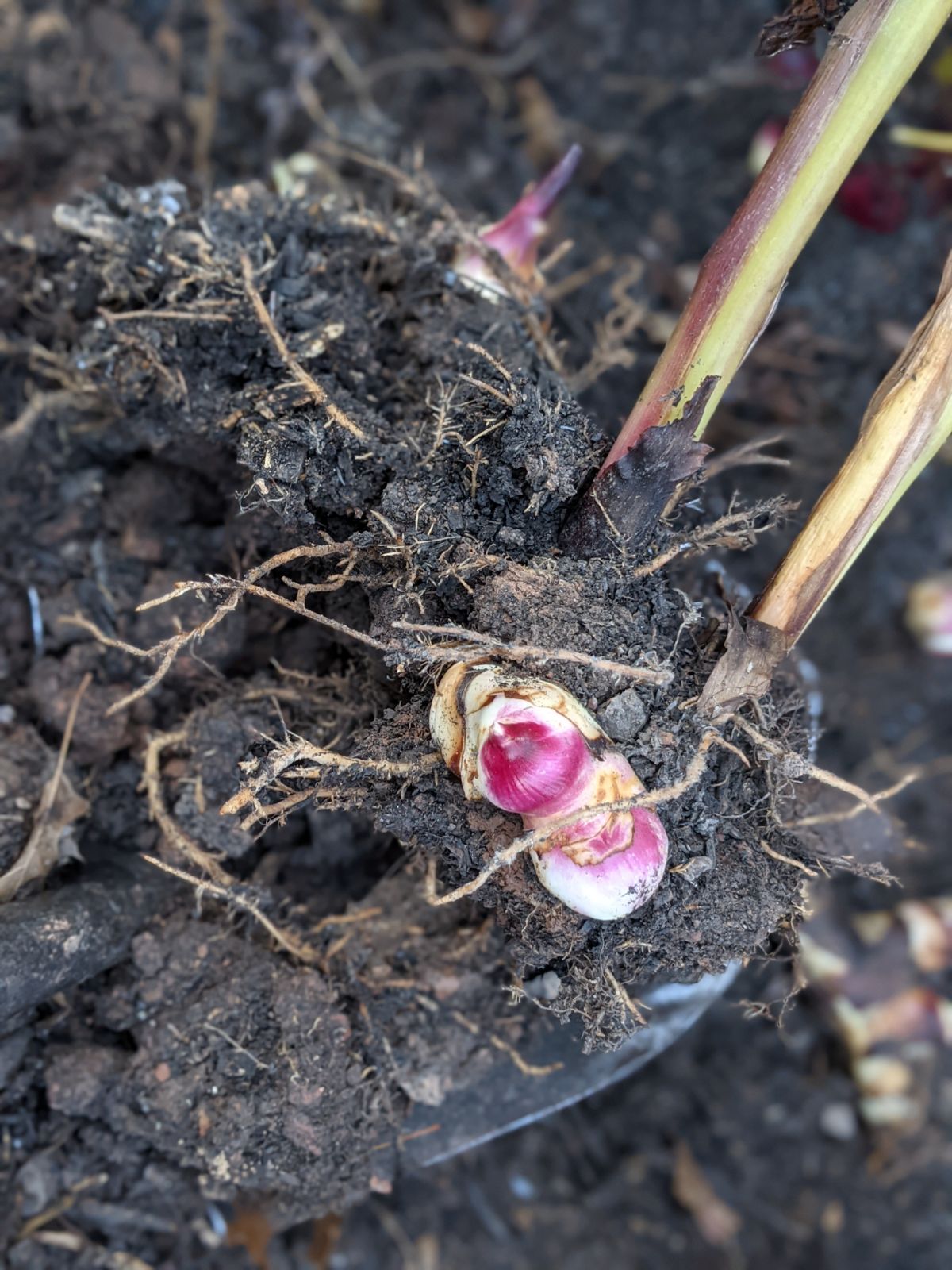
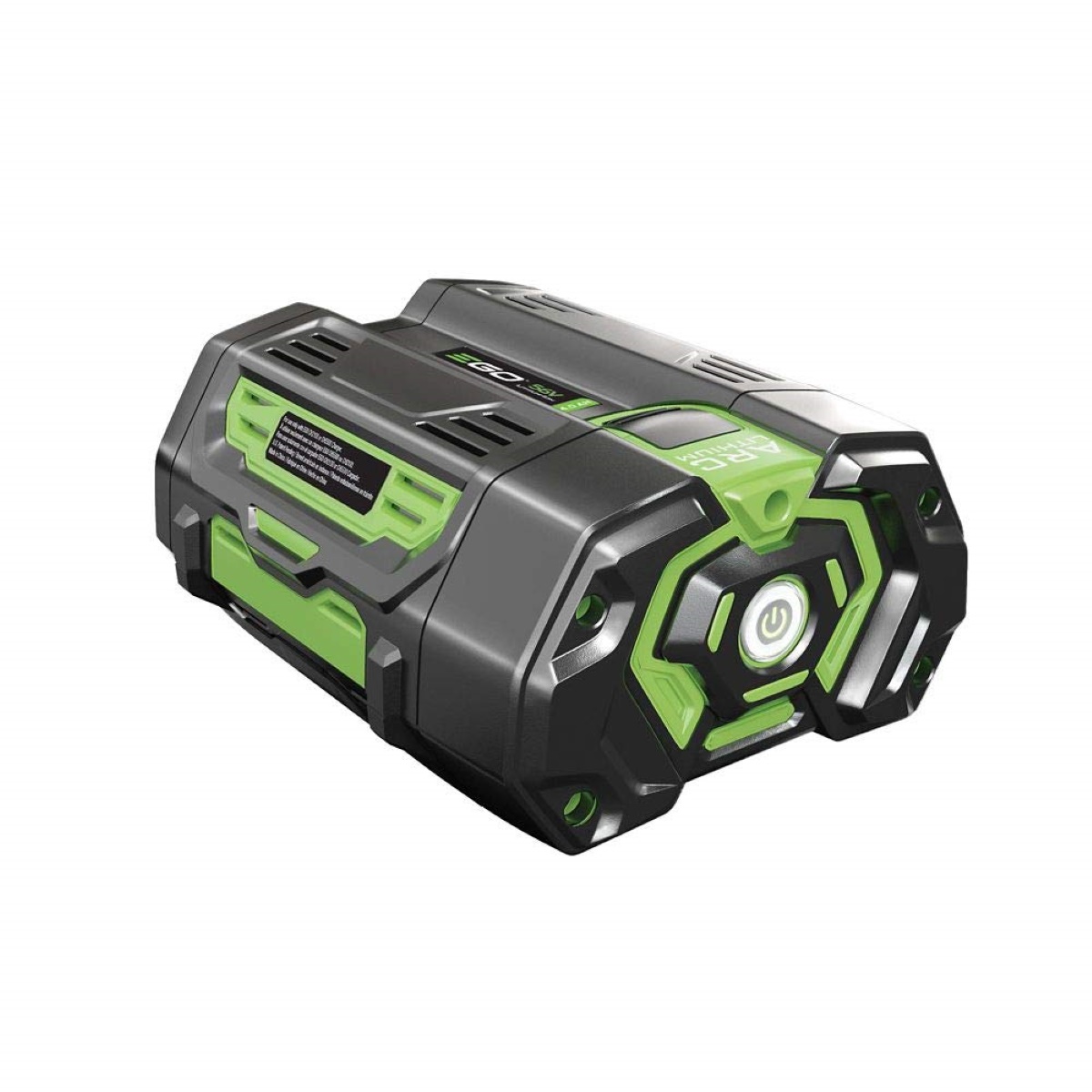
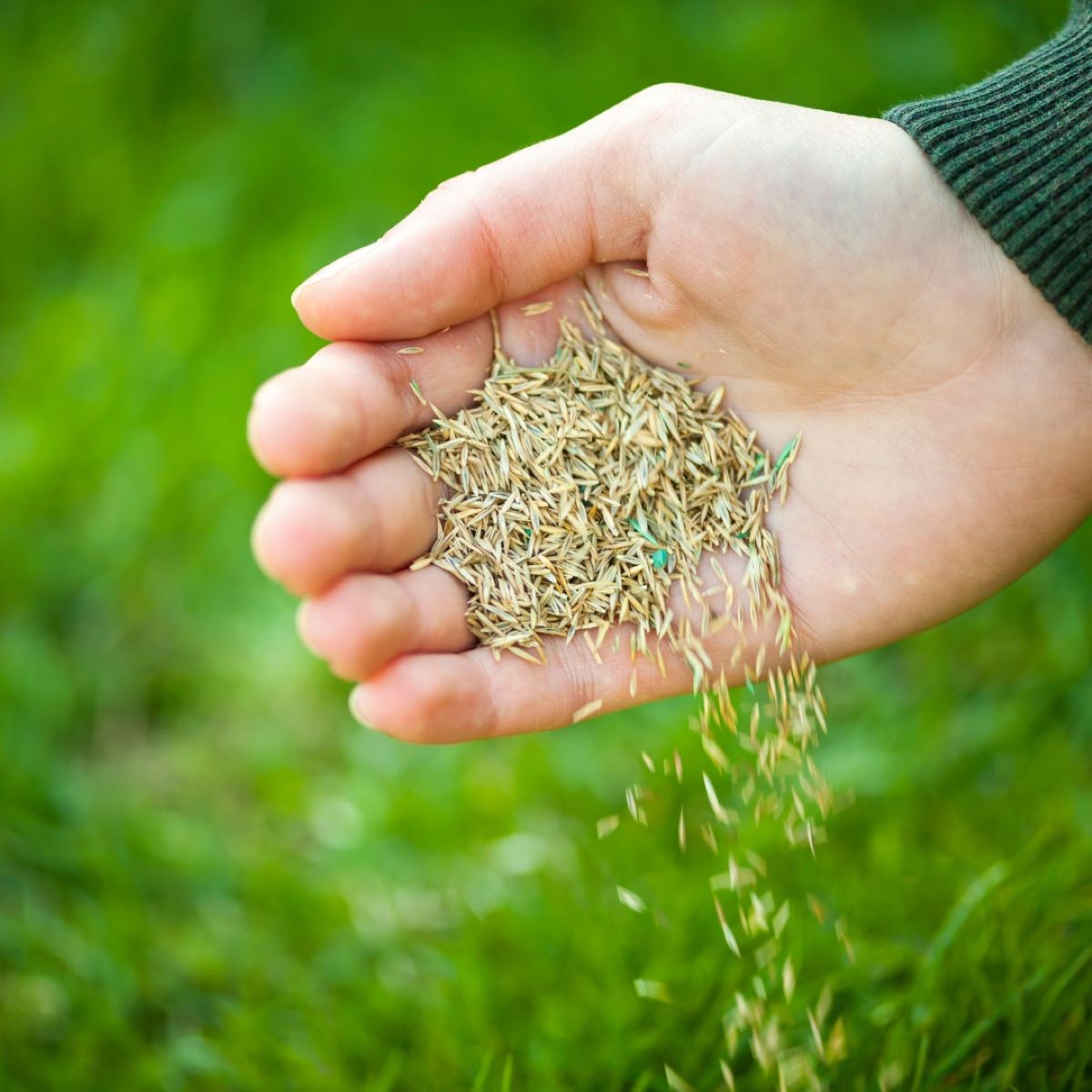

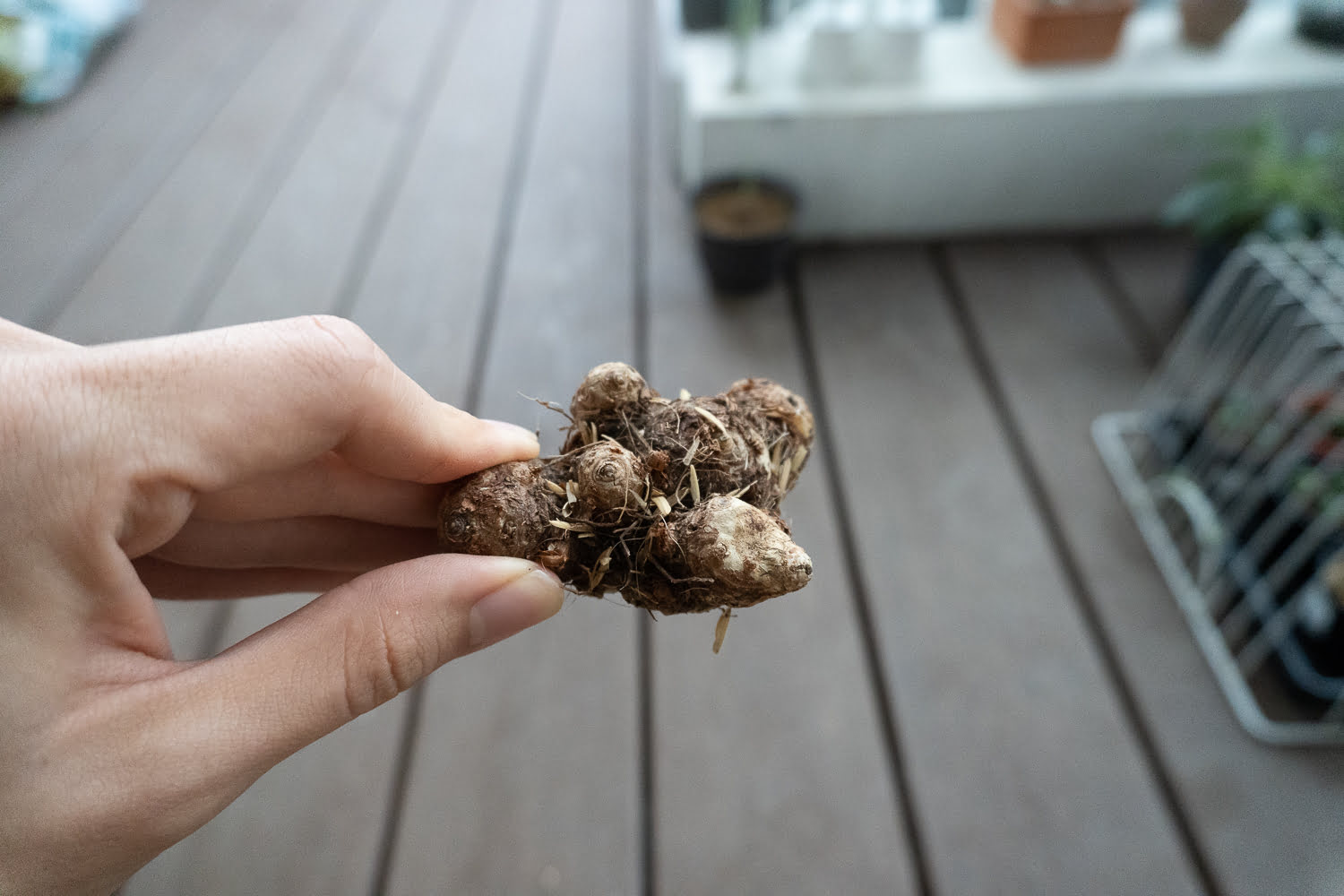
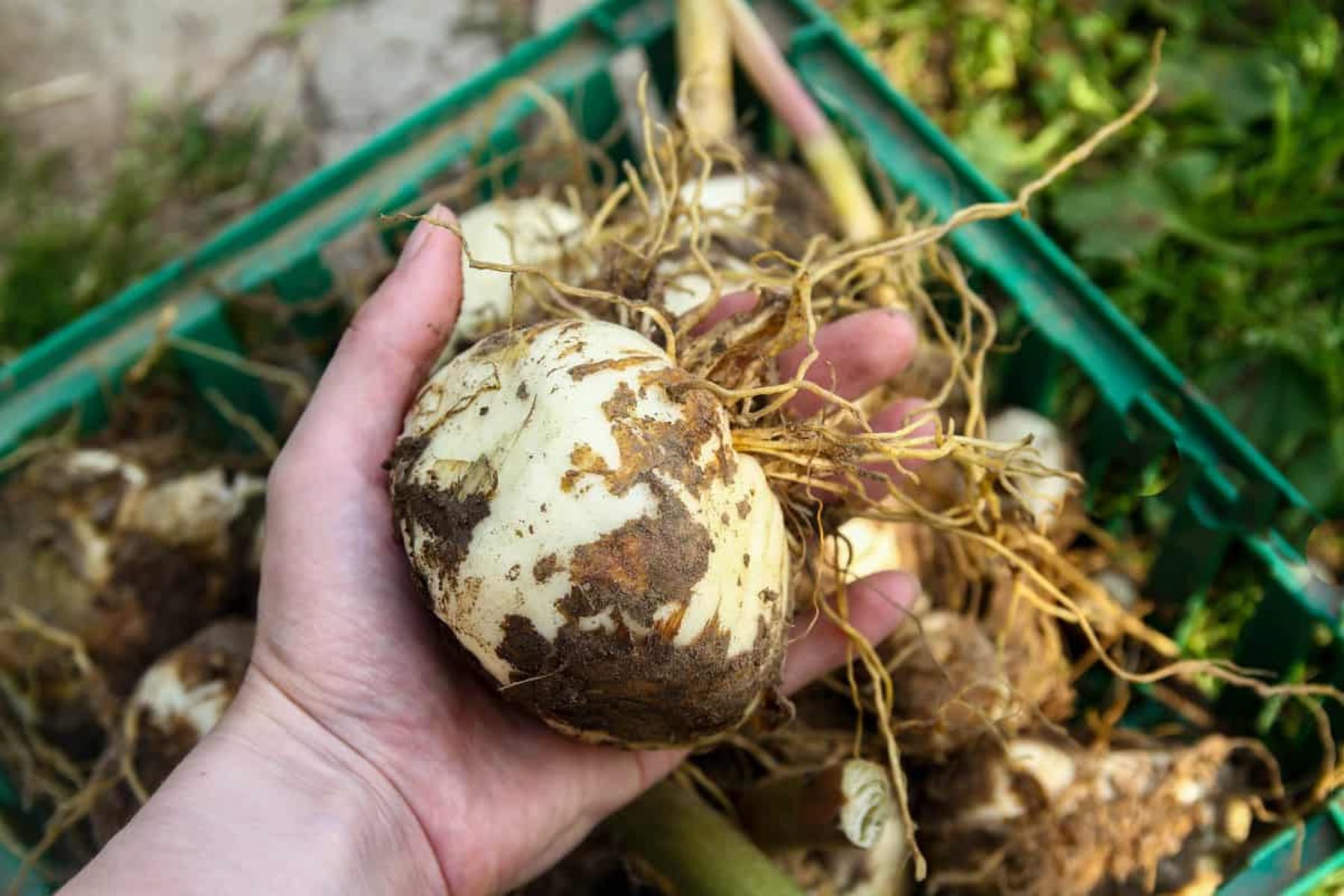
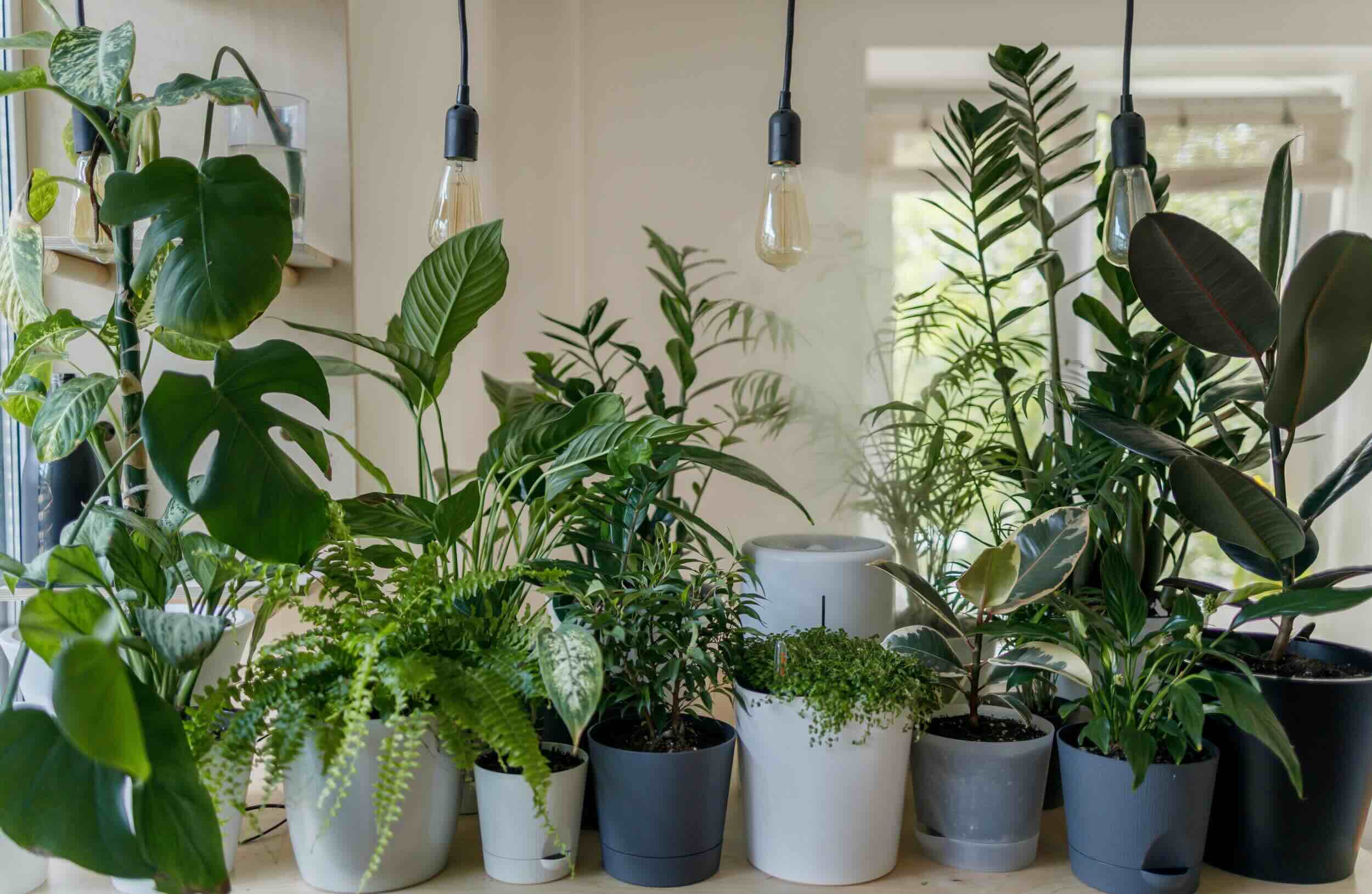
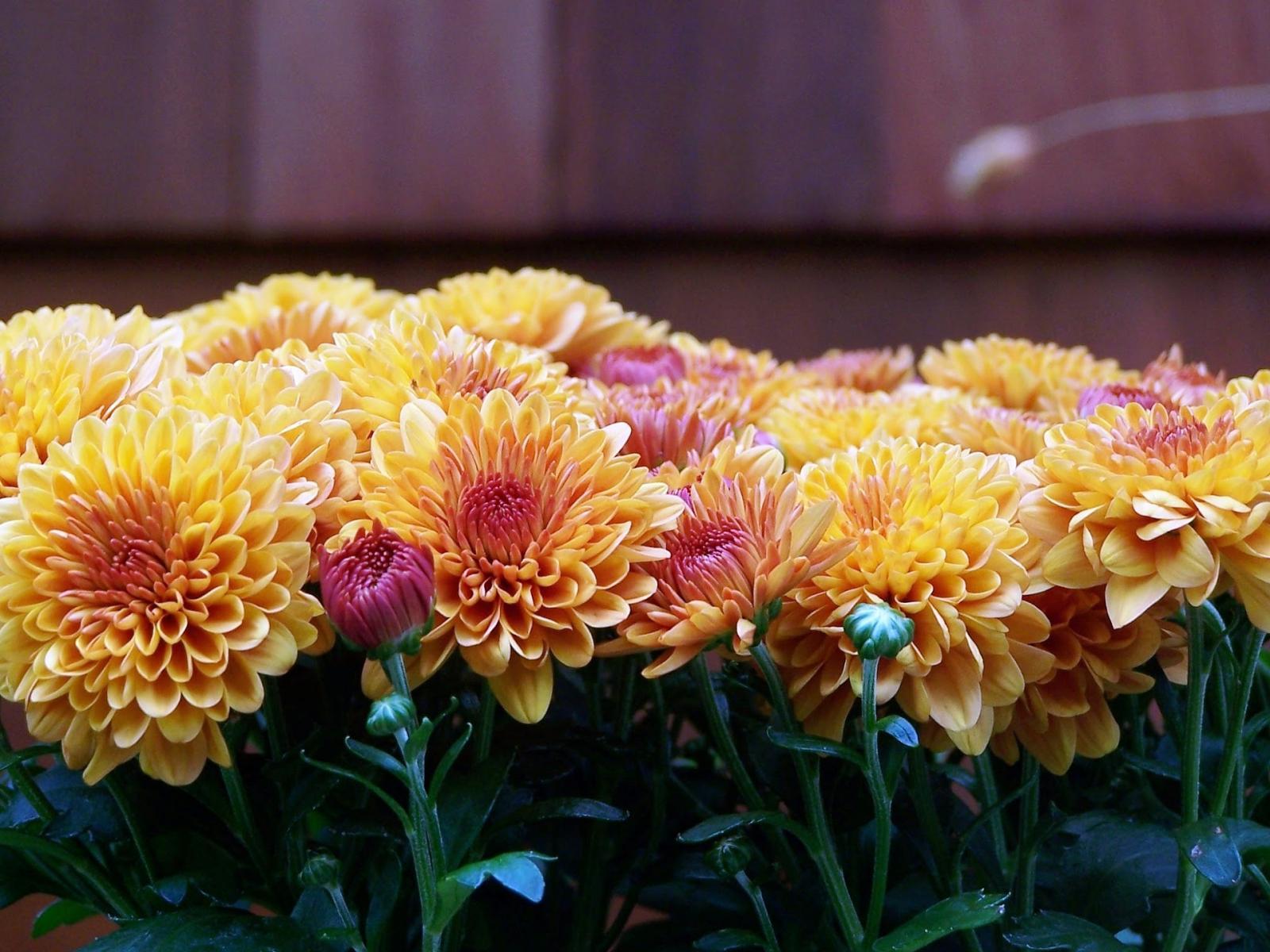
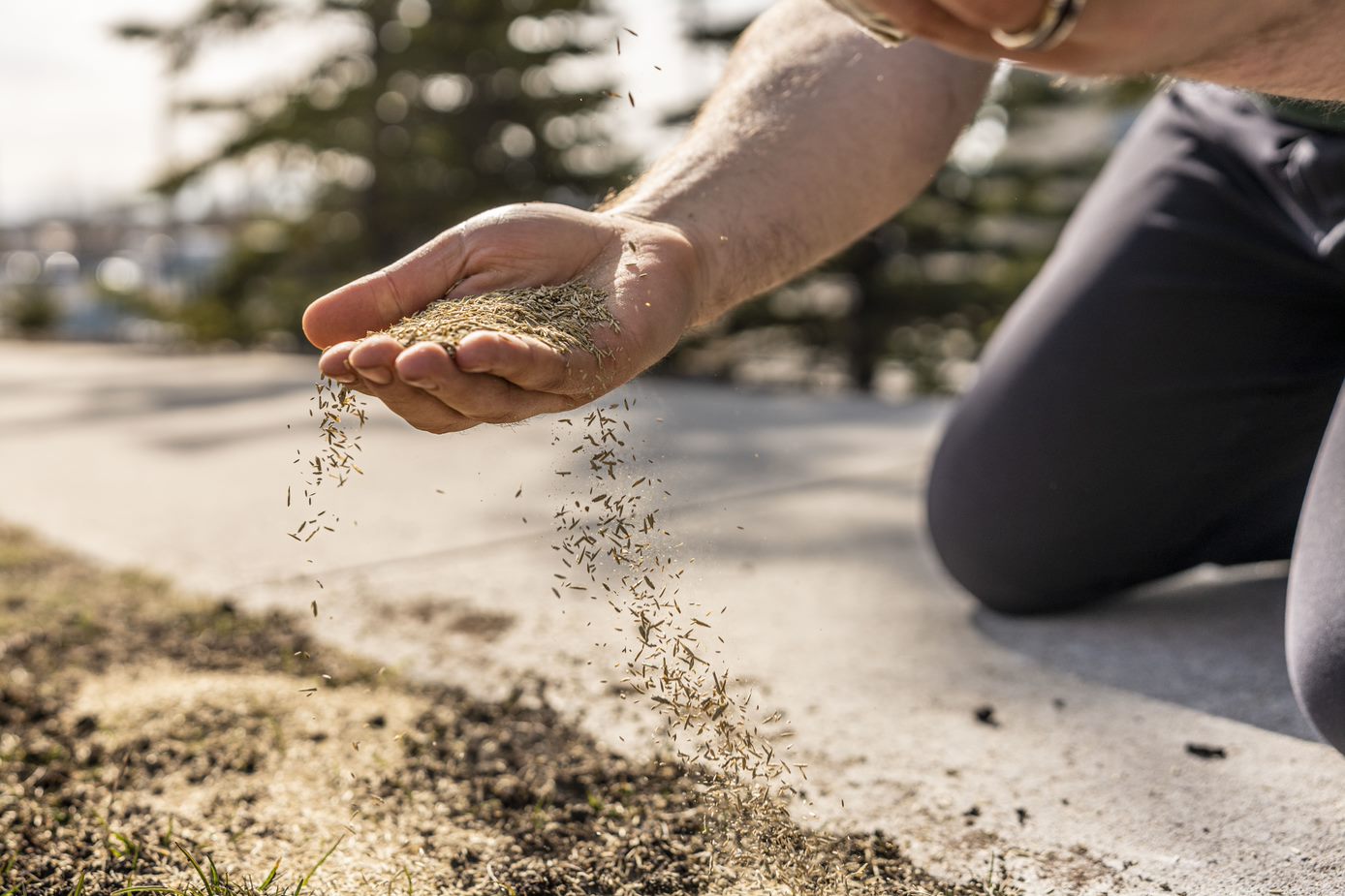
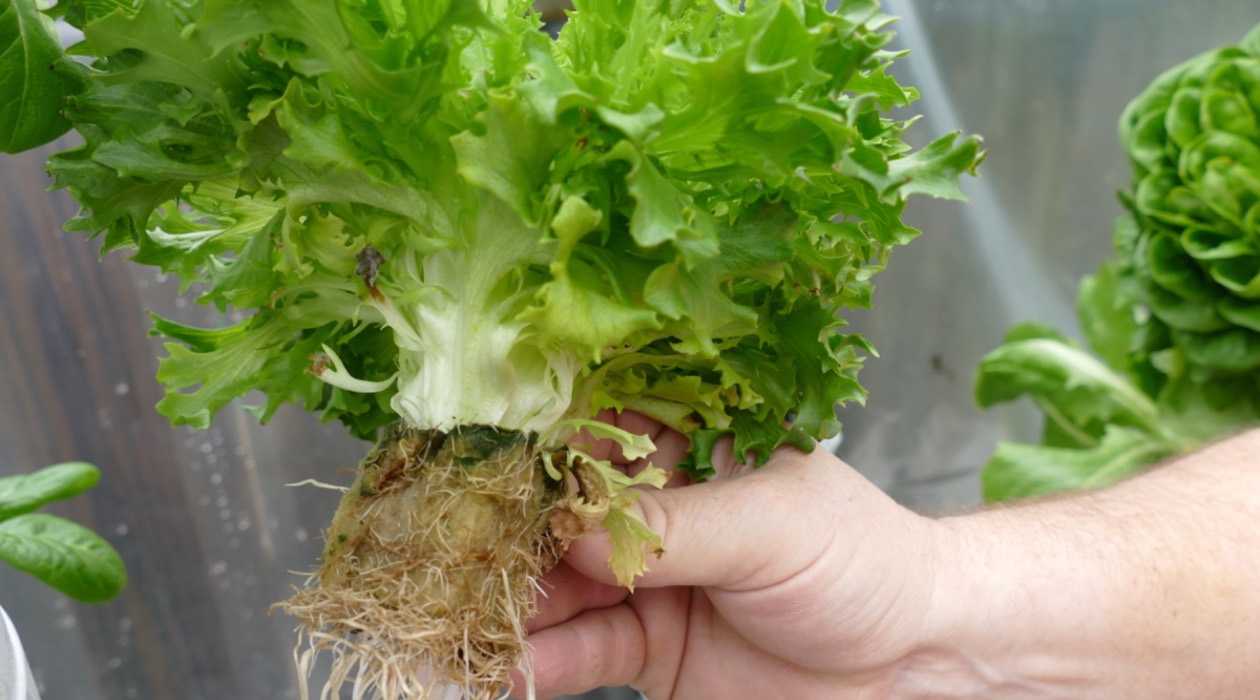

0 thoughts on “How To Store Bare Root Plants Over Winter”